


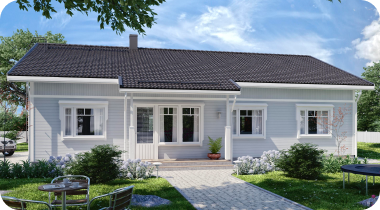






A link to download your FREE brochure will be in your inbox in 3 minutes




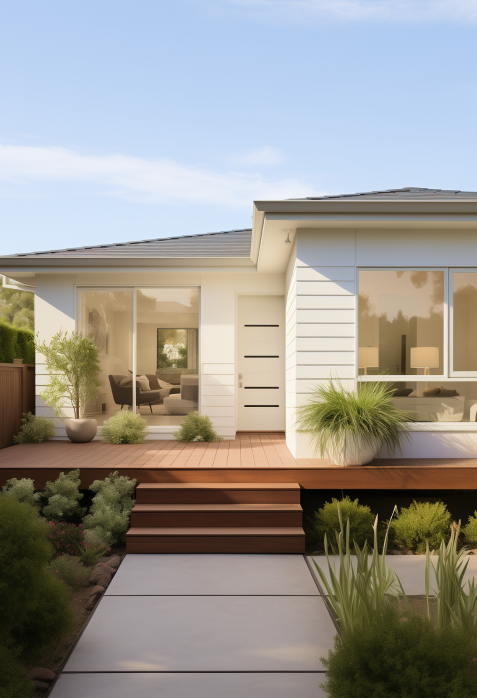
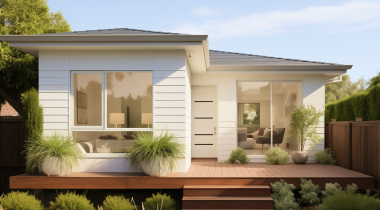
 Your Trusted
Local Contractor
Your Trusted
Local Contractor

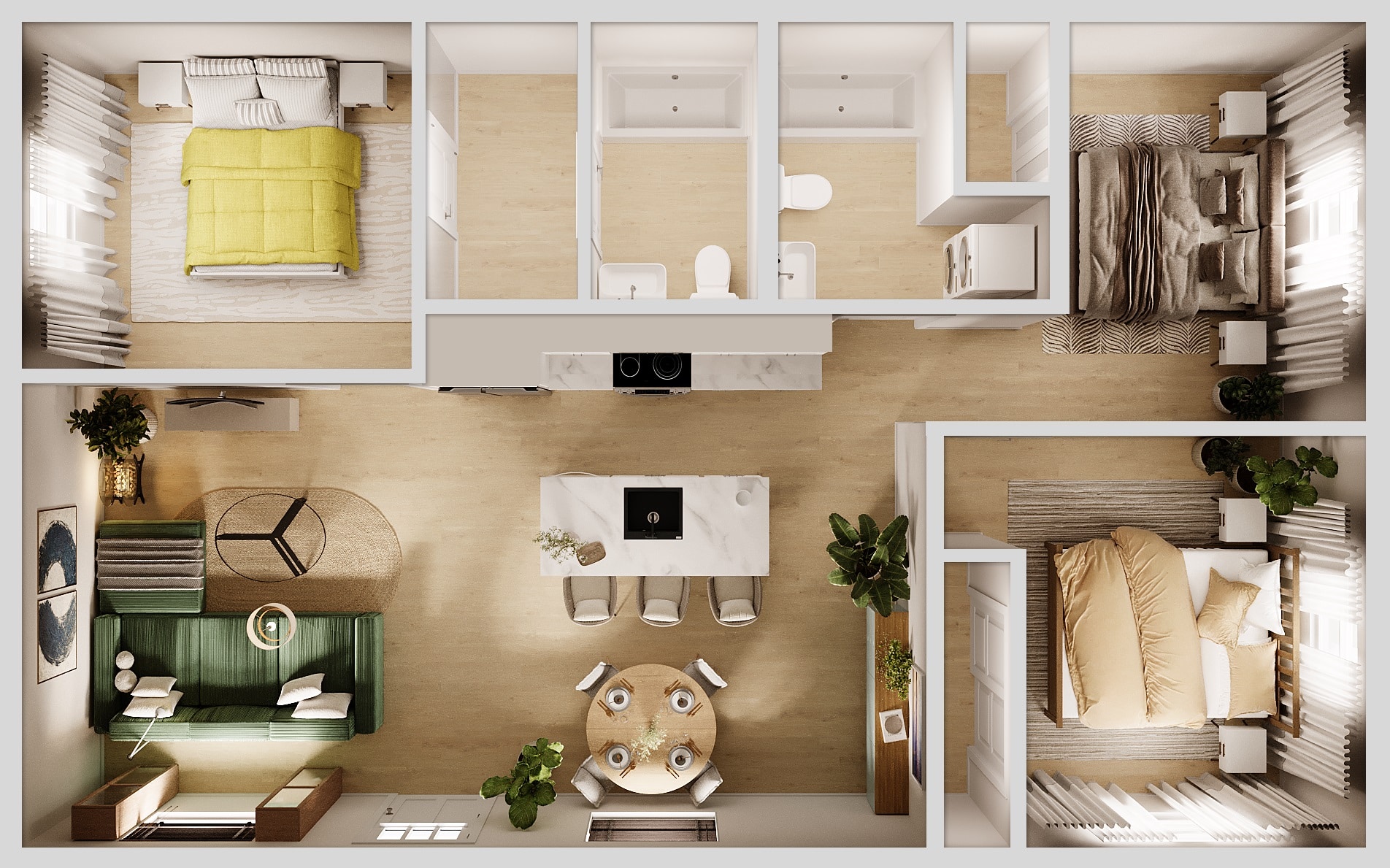
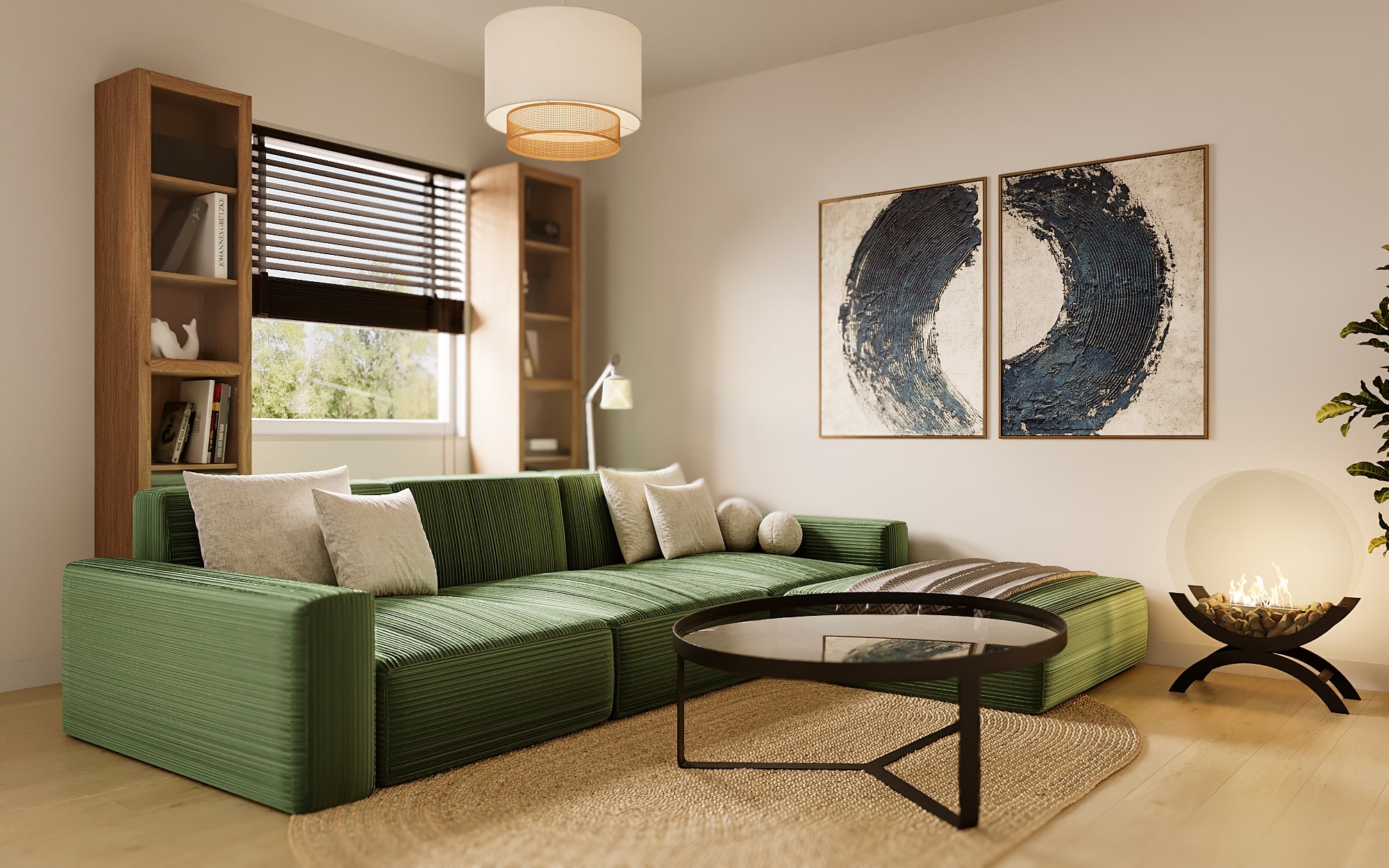
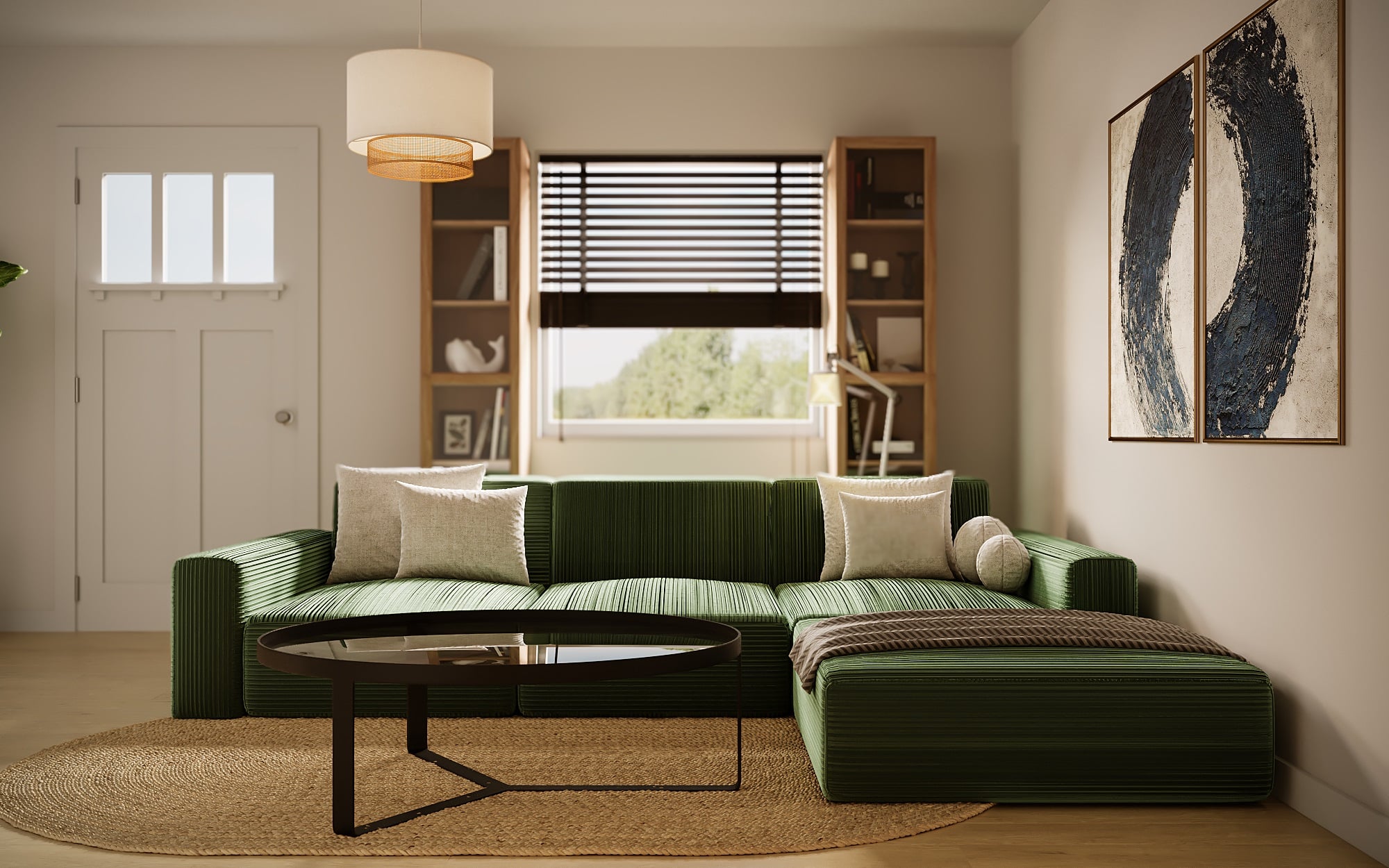


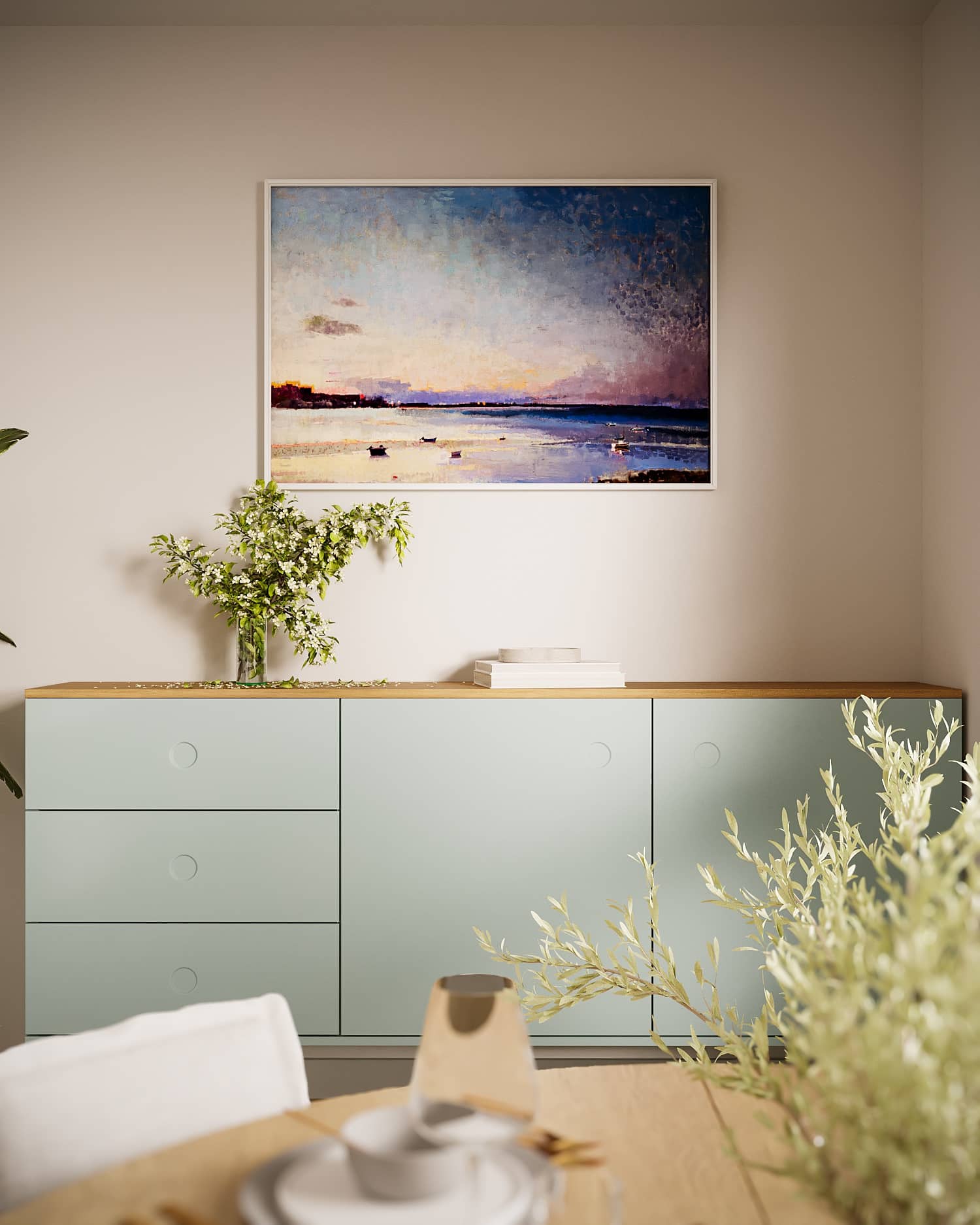
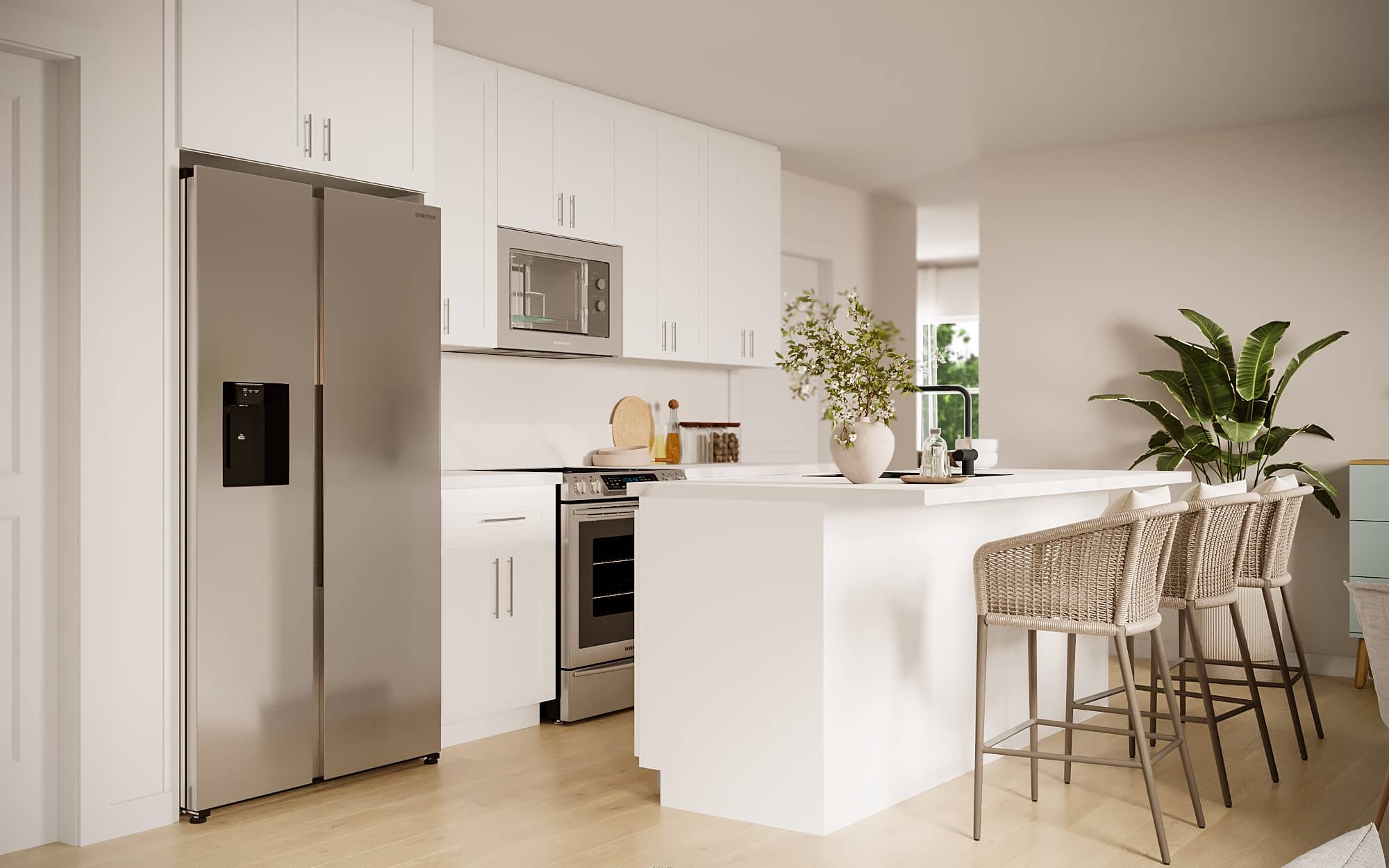

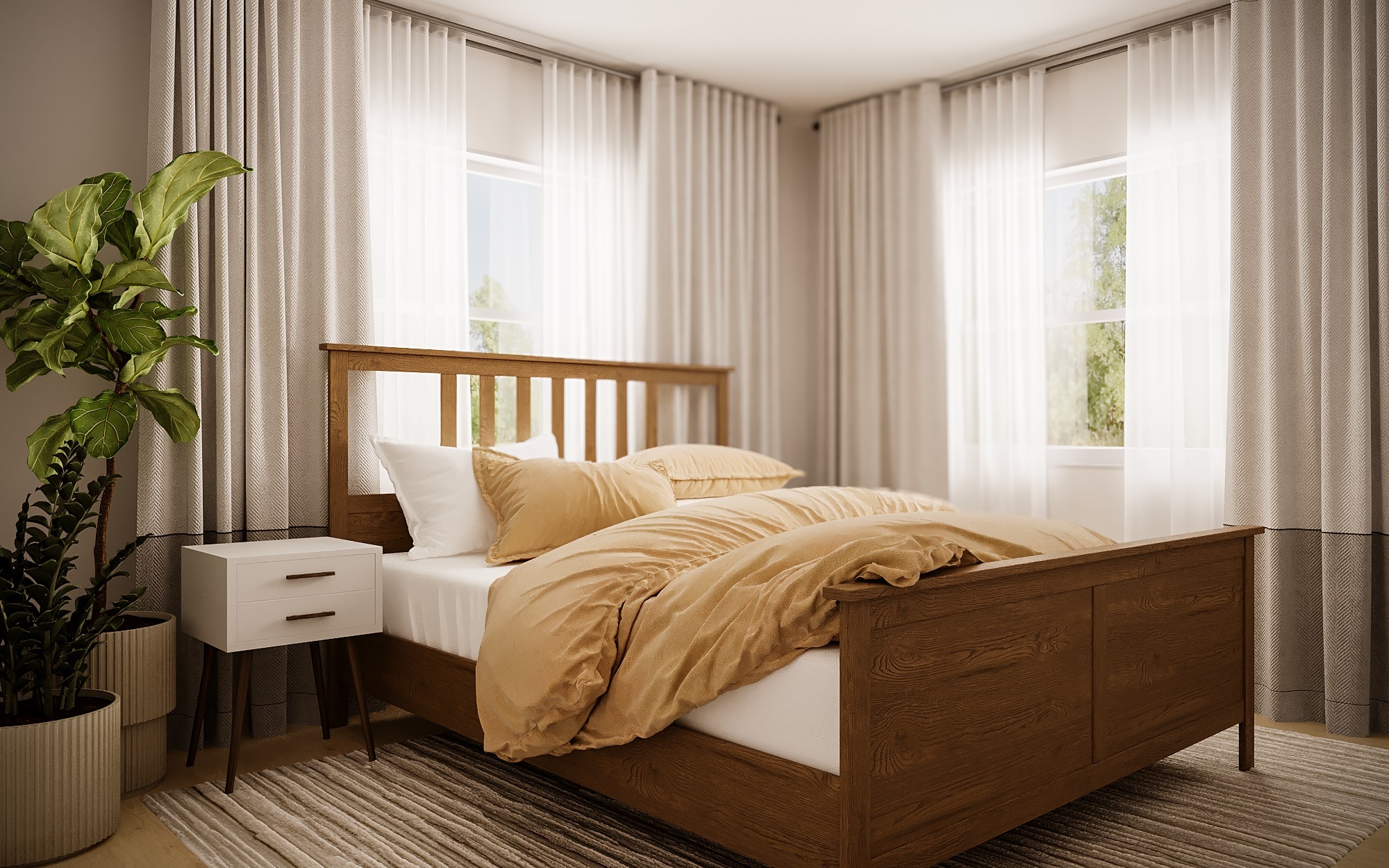
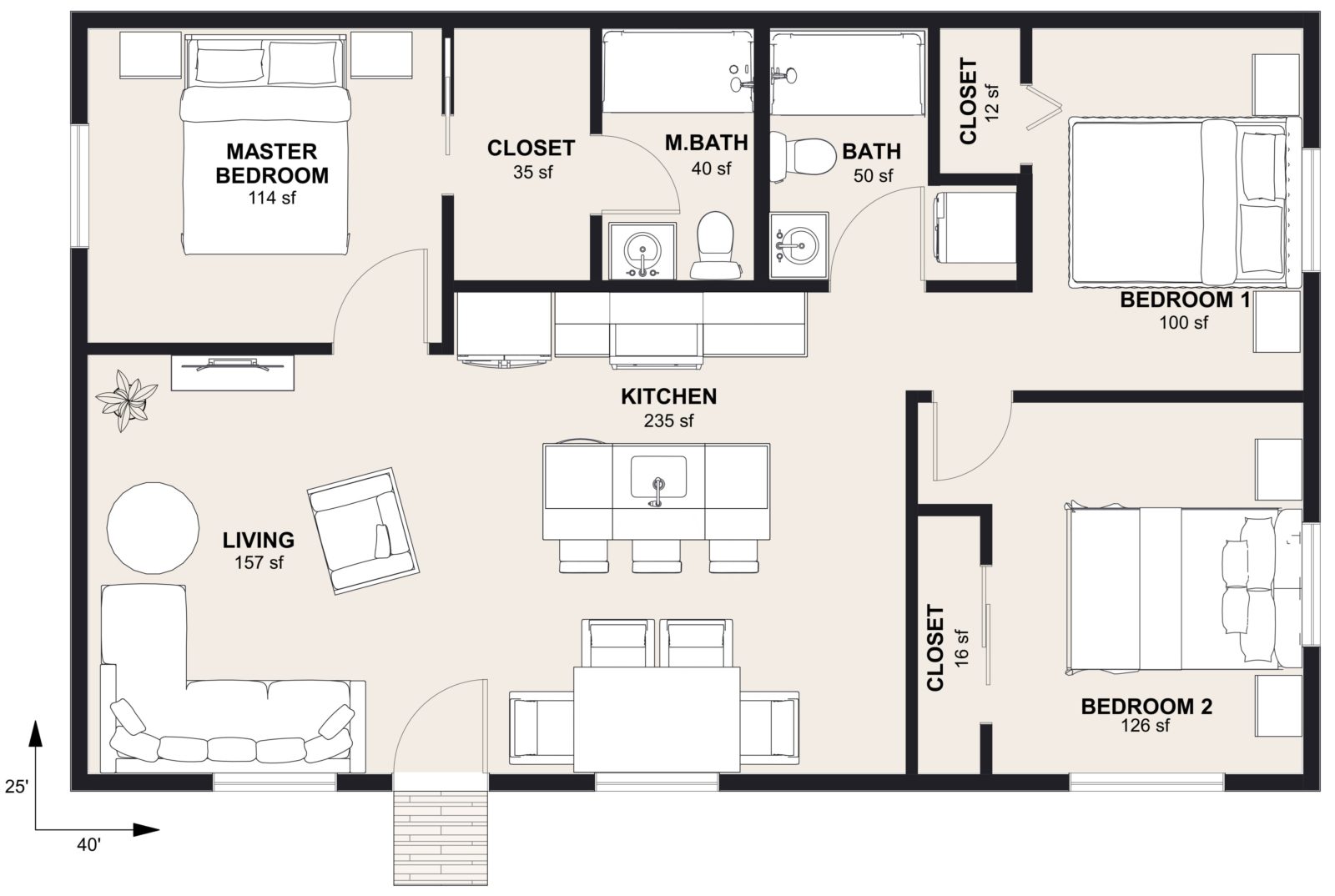

Discover the top 30 ADU models and designs for 2025. Get your free catalog and start planning your project!
Instant Download

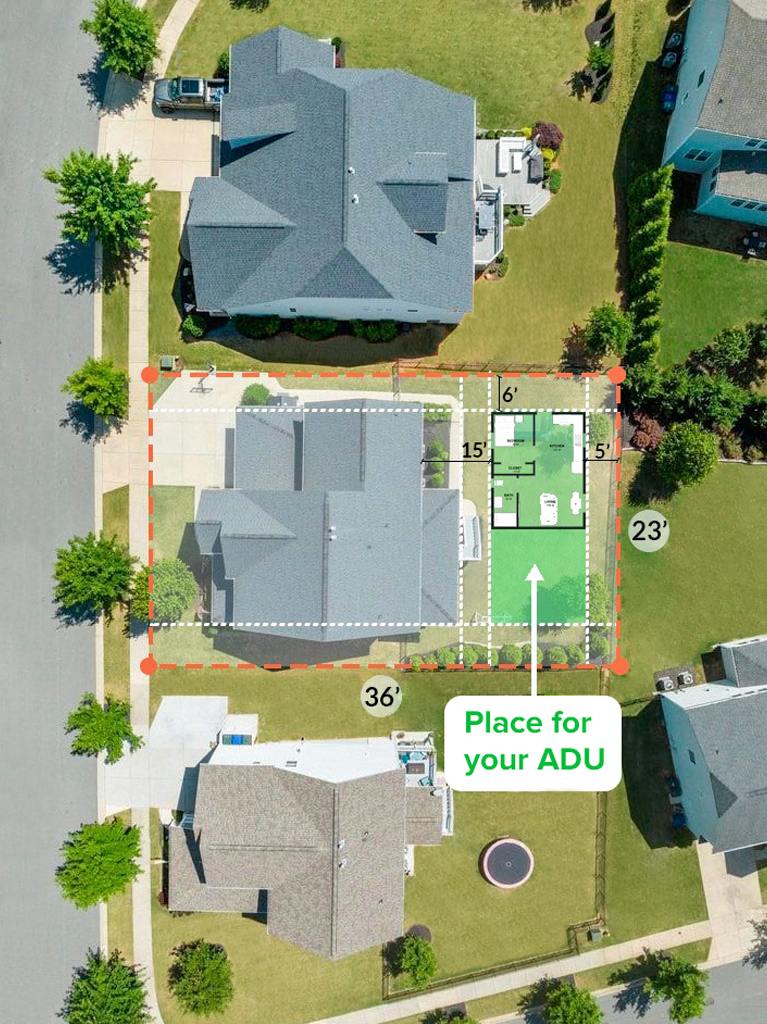
Get a First Look at Real ADU Projects
Are you planning to build a large ADU in the backyard of your property ground? As you may already know, the maximum size limit of this structure in most areas of California is 1,200 sq. ft. It makes an 1,175 sq. ft. ADU one of the largest variants that you can expect to build. However, in reality, such a construction is not very big — it has enough space to be comfortable, but it doesn’t require as much maintenance and costs as larger houses.
In this article, we’ll focus on the main features, design types, and advantages of 1,175 sq. ft. ADUs. Additionally, we’ll answer some of your frequently asked ADU-related questions!
What is the exact type of ADU you’d prefer to have? These buildings differ greatly, depending on their design features.
The most commonly purchased and built designer variants include:
With such a diverse range of ADU design styles, you’ll definitely manage to find something suitable for yourself! And don’t forget that ADUs also have different types of construction plans: attached, detached, converted, and so on. This makes the assortment of ADU variants even more huge!
Probably, the best thing about a 1,175 sq. ft. accessory dwelling unit is its moderate size. Such an ADU project can comfortably host a small family, even with a child. No wonder the demand for them is so high nowadays!
This medium-sized backyard construction has important benefits in comparison to a huge building. It’s got all the necessary amenities for a comfortable life — it can even have a mini-laundry with a washer and a dryer. However, it costs significantly less than a typical house. Monthly payments such as mortgage, electricity, cooling, and heating are also smaller. Moreover, you’ll need to prepare less furniture and decorations to get it properly designed, so their overall cost will be more affordable too.
In terms of maintenance, this accessory dwelling unit is also a far less demanding construction. To ensure everything’s all right, it’s not required to spend whole weekends cleaning its space and tidying it up without a break. The larger a house is, the more maintenance effort it requires — and vice versa. So, with a 1,175 dwelling unit, you’ll have more time and energy to do whatever you like.
So, such an ADU is a very good option for those who want a budget-friendly but not very cramped additional outdoor living space. This building requires moderate costs and can provide you with enough comfort but won’t make you overwork and overpay.
Additionally, an ADU of 1,175 square feet has other significant advantages:
If you plan to construct this ADU but don’t know which general contractor to choose, contact us via our website or phone number. We’ll discuss your ADU plans with you, help you come up with the most optimal idea, develop the best plan, and bring it into reality. Our specialists will support you on every step of your ADU building process.
The complete cost of such an ADU depends on its location, permitting process, materials, design features, project details, and many other factors. On average, it costs from $250,000 to $280,000, but its price may be either higher or lower.
The smallest ADU building that you can create in California is 150 sq. ft. Note that any ADU plan should also meet the local zoning regulations, such as setbacks. Compliance with them is crucial to getting a building permit, so you’ll need to know all those regulations in detail.
Yes. California law allows homeowners to construct two accessory dwelling units: one is regular (for example, attached, detached, or a garage conversion), and the other is a junior accessory dwelling unit (JADU). The square footage of a JADU shouldn’t exceed 500 sq. ft.
The biggest allowed size of an ADU in California is half the size of the main house. However, its maximum limit is 1,200 sq. ft. For instance, if your main home is 2,000 sq. ft, you can build an ADU of 1,000 sq. ft, but in case it’s 3,000 sq. ft, the permitted square footage will be only 1,200, not 1,500.